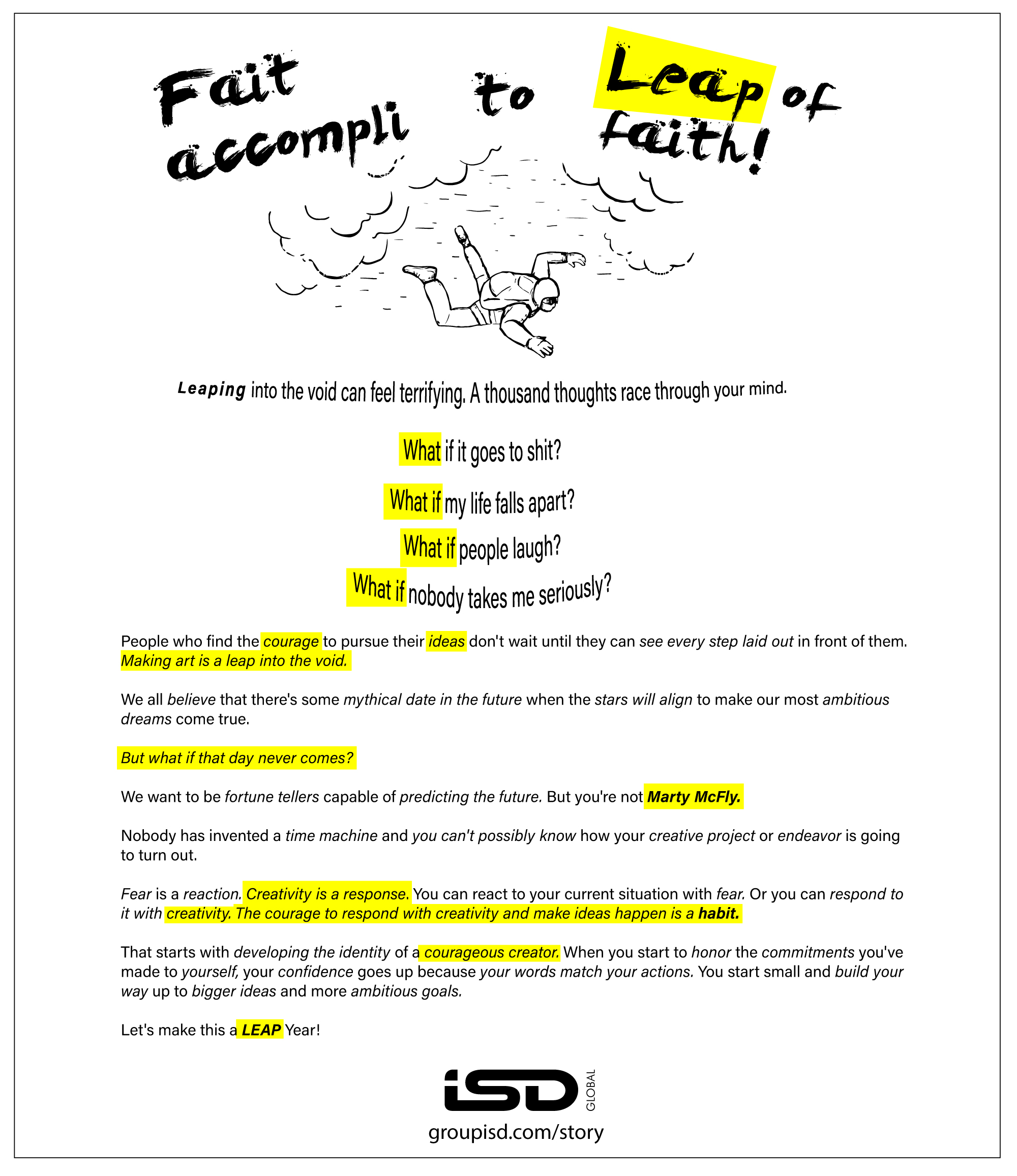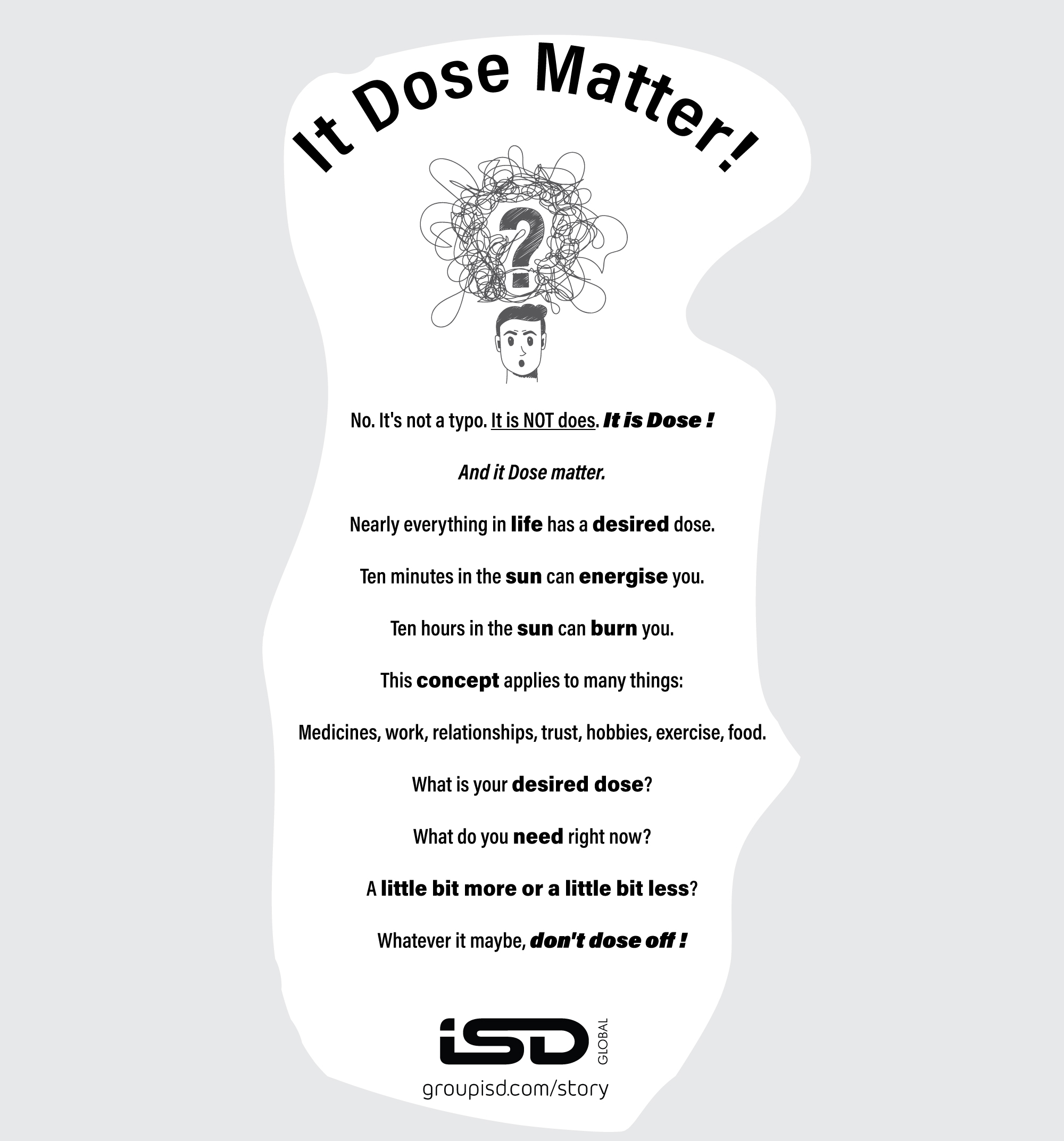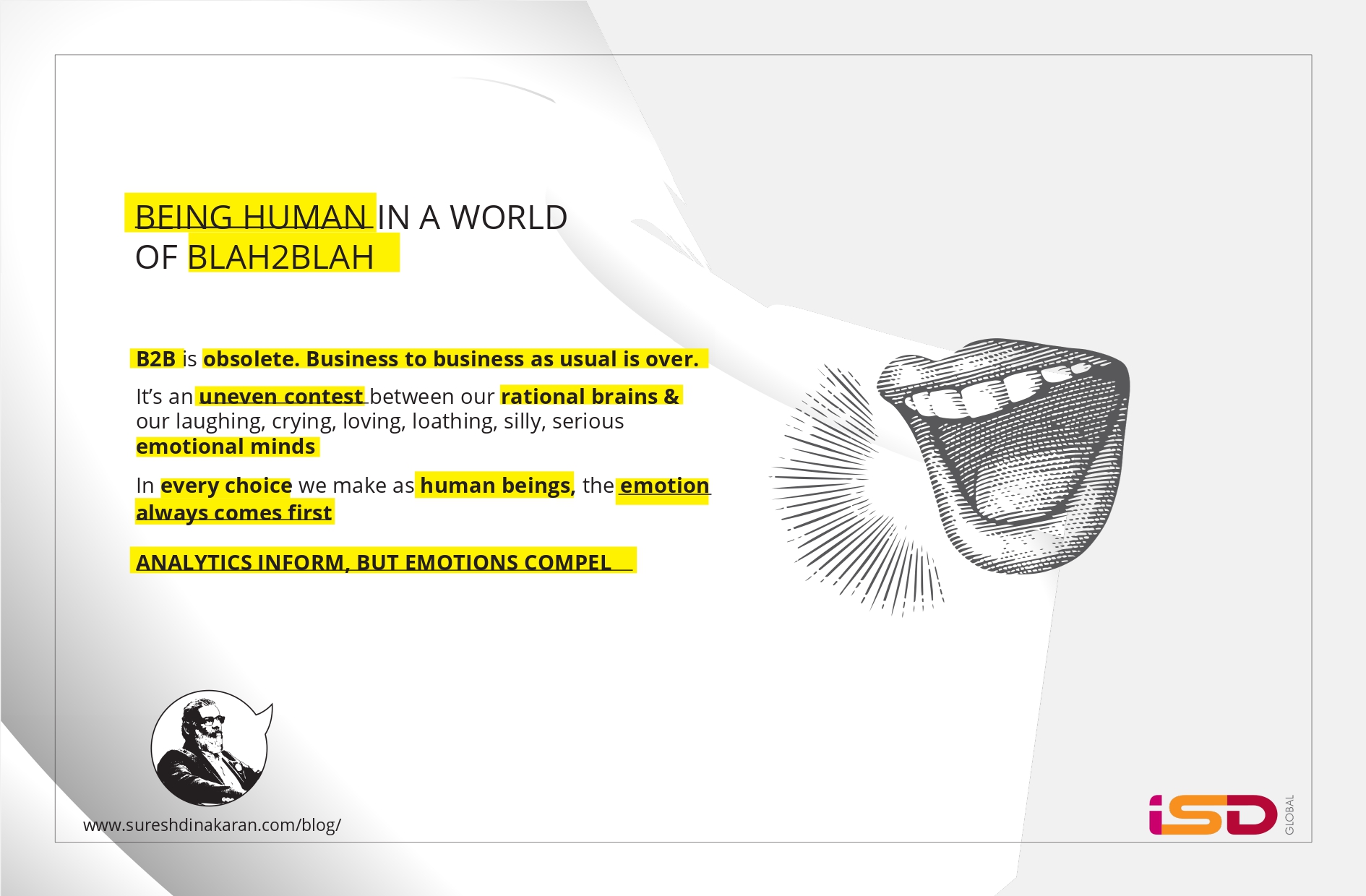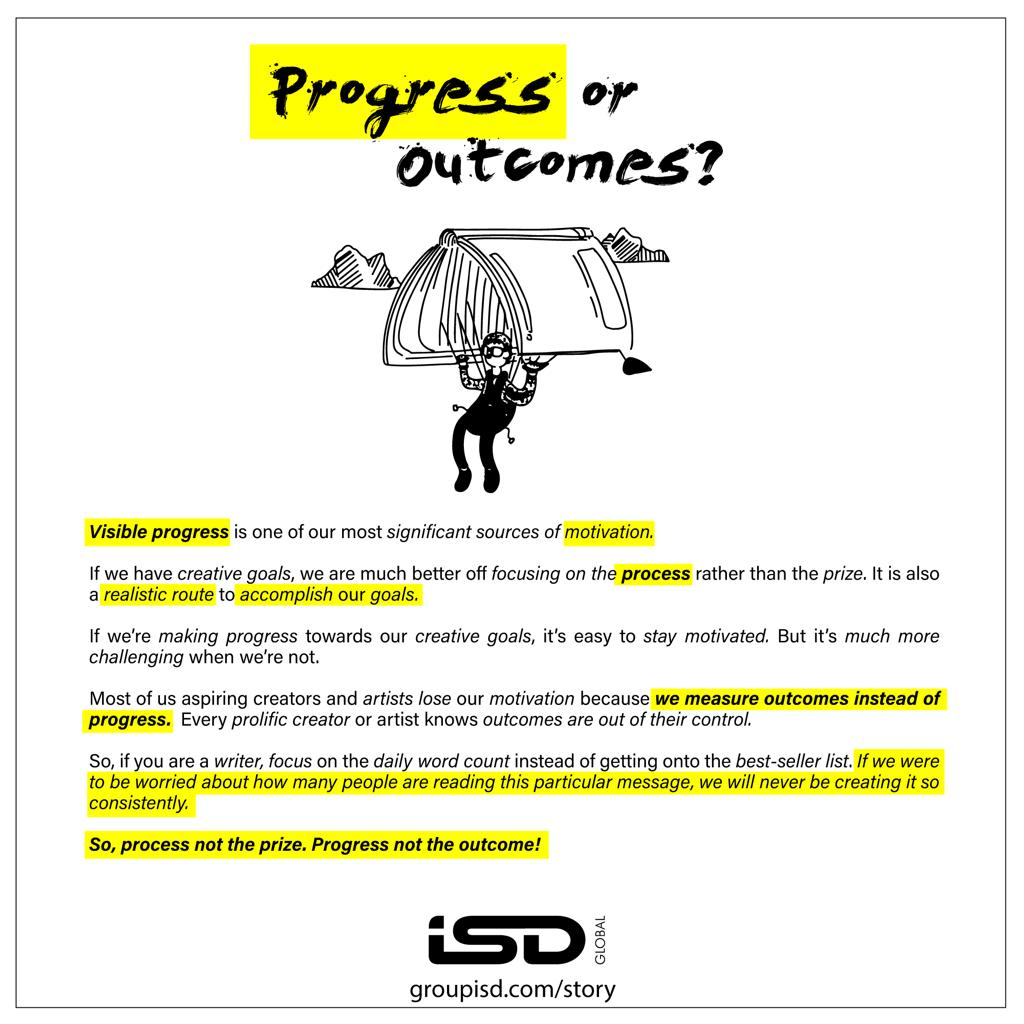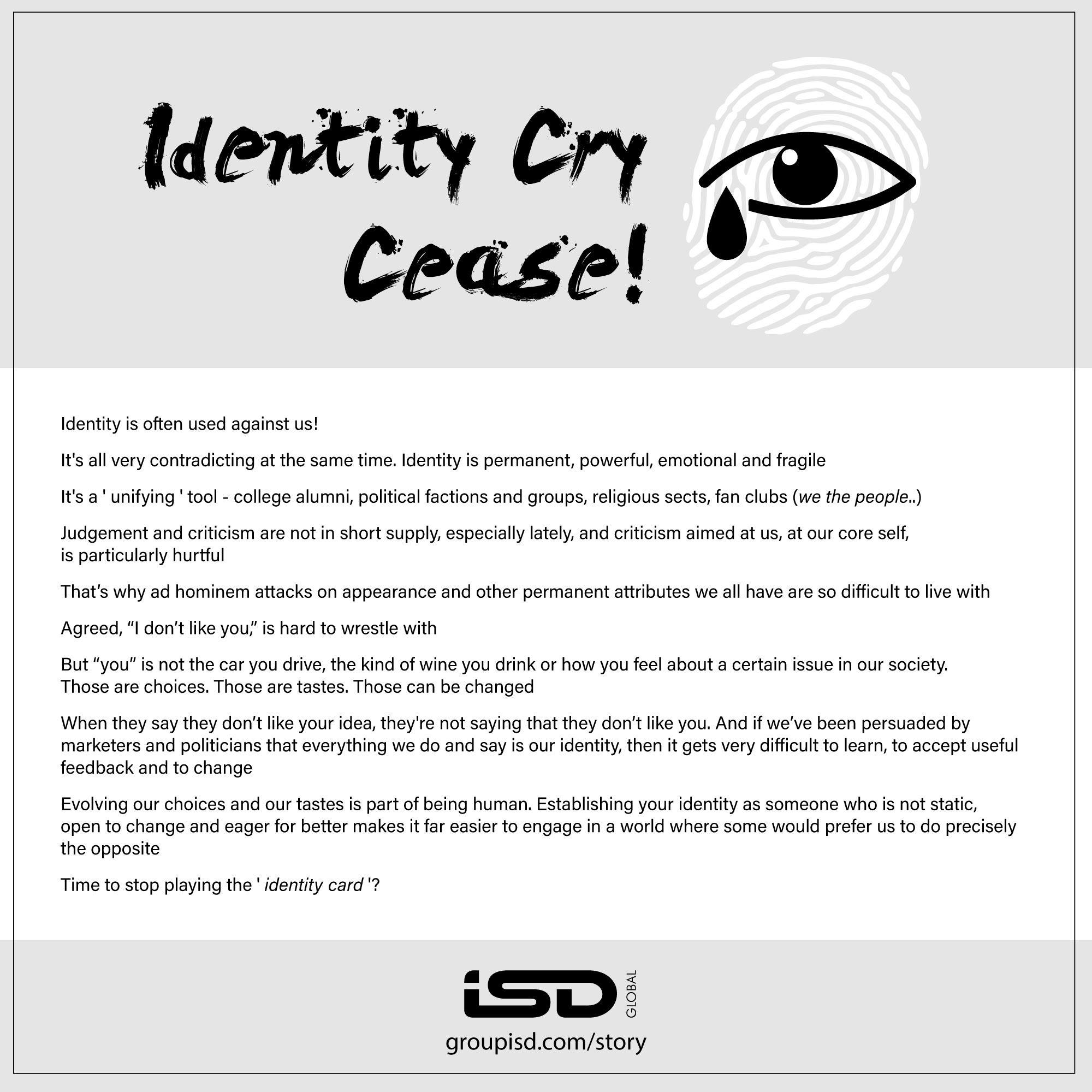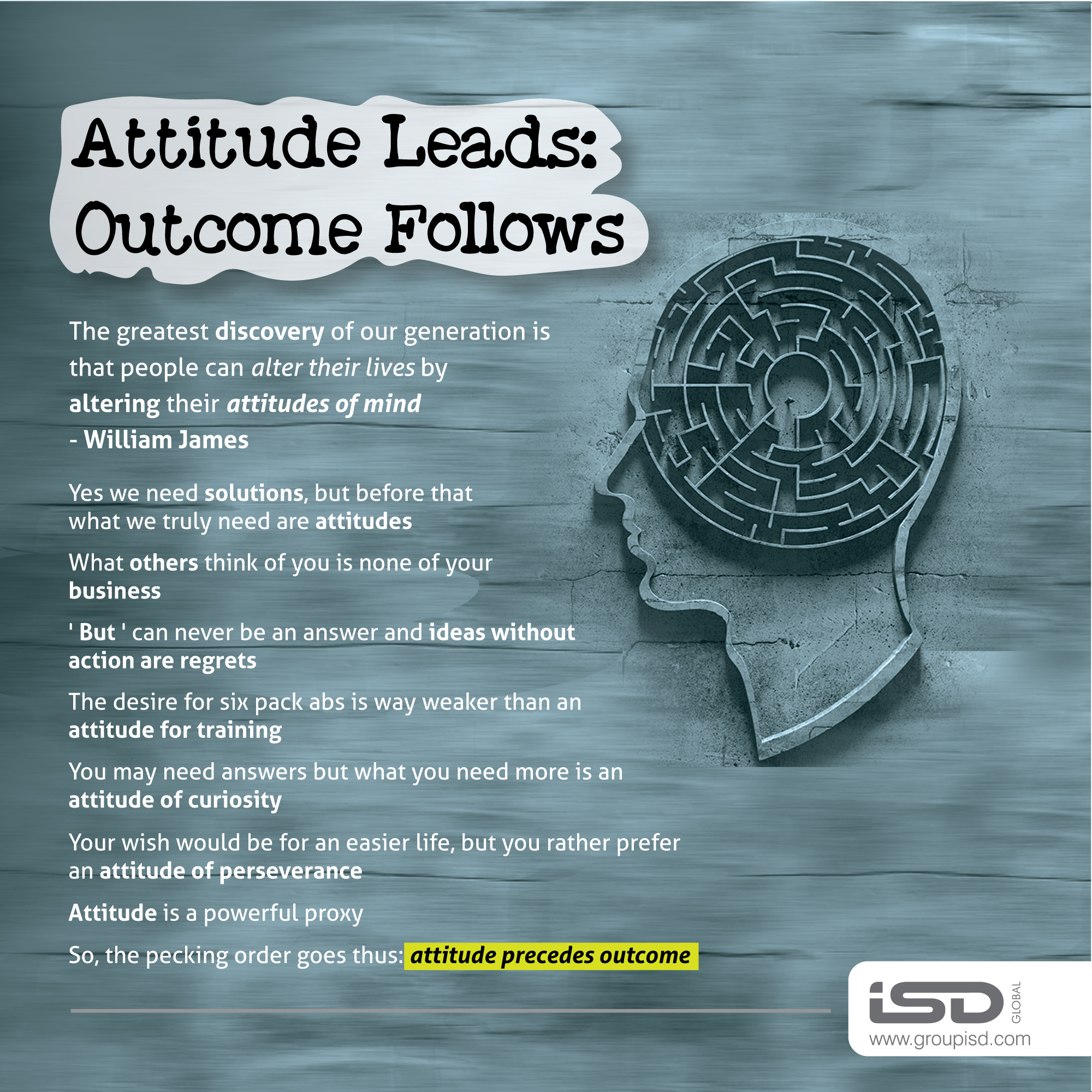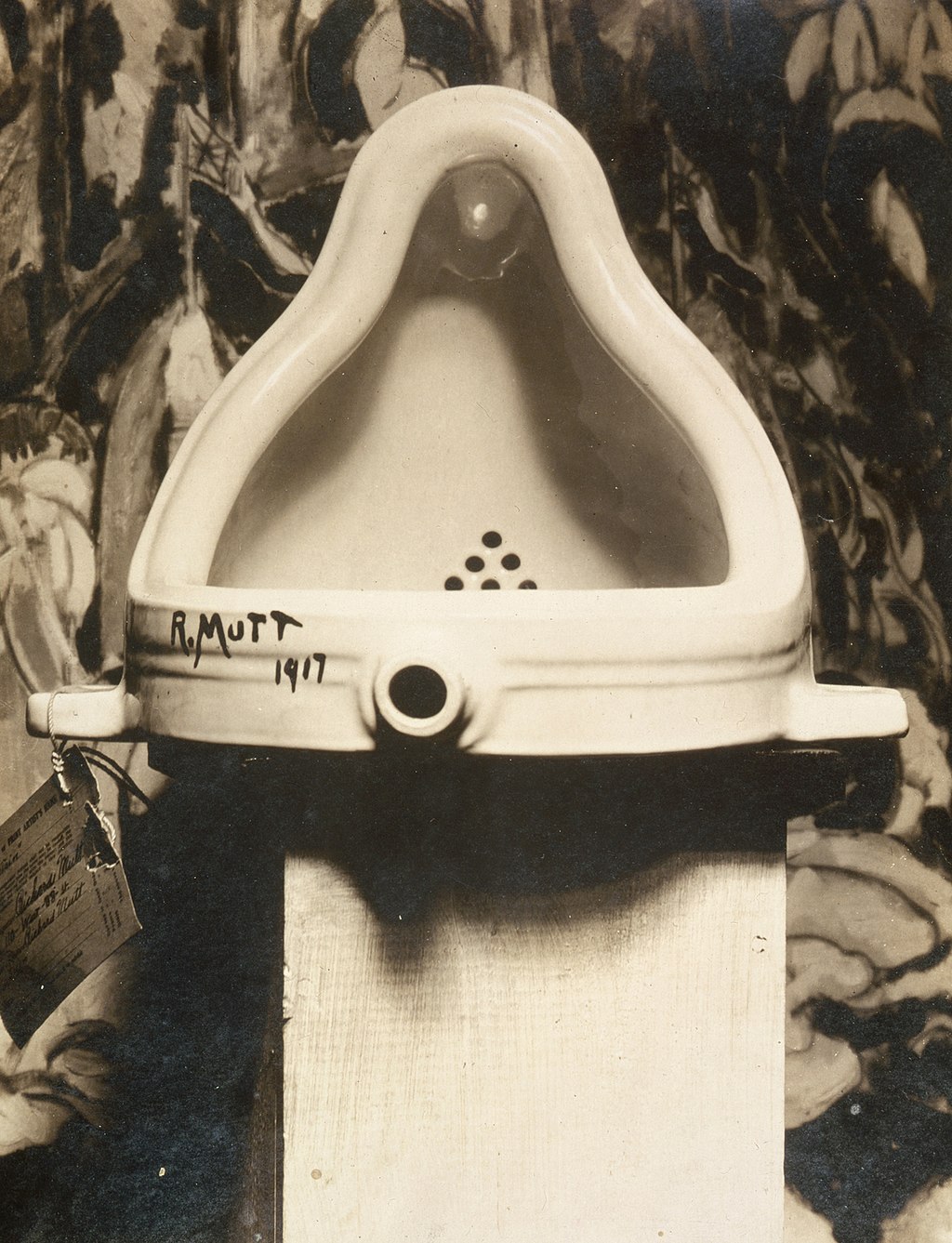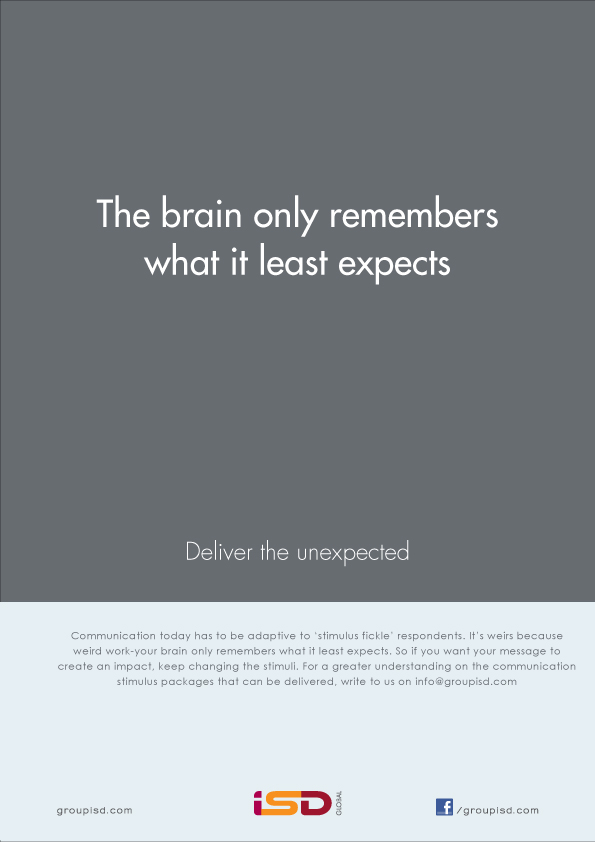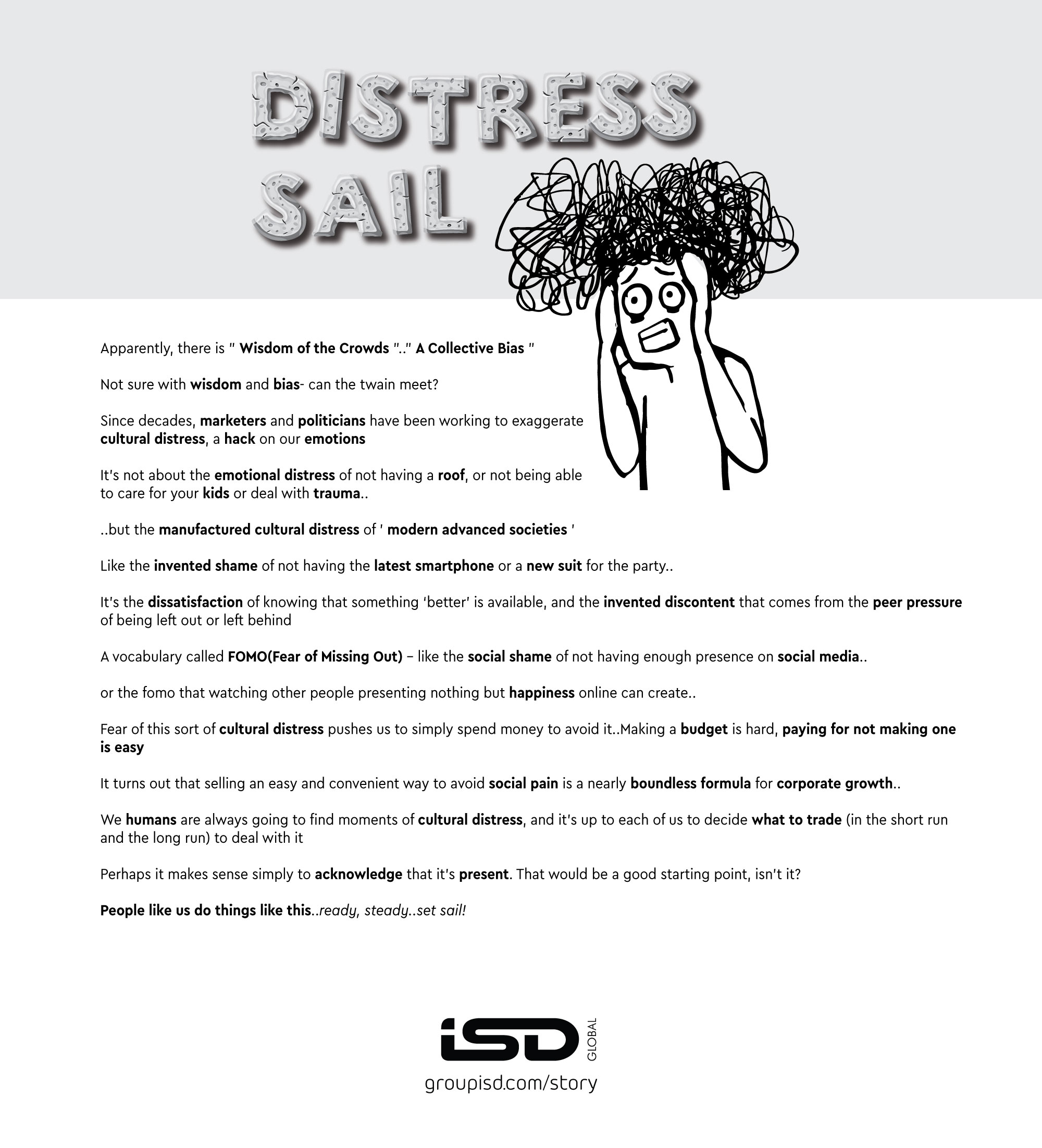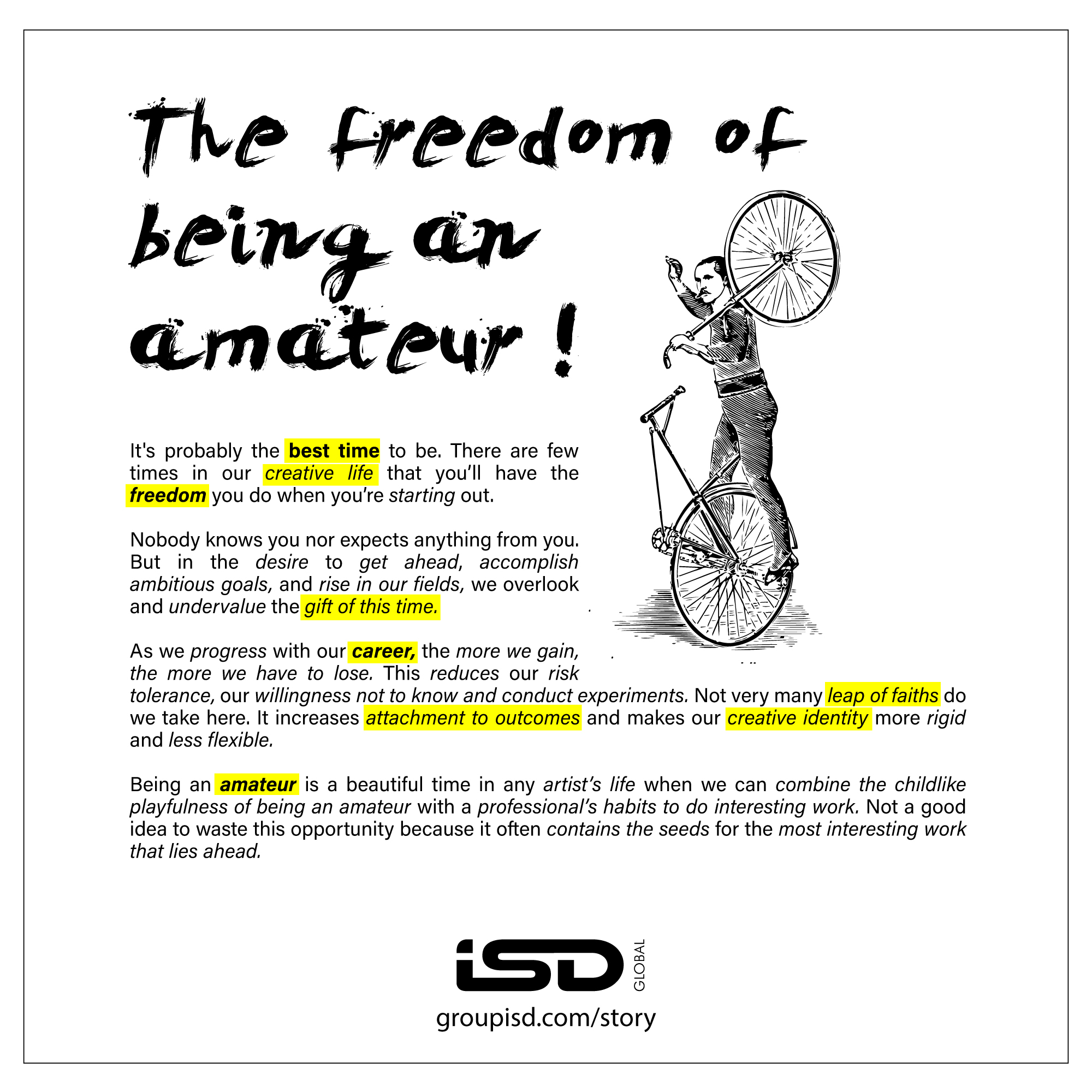A couple of years back I was visiting England with family. And since renting a car was the best option to go around the south central, west Midlands, we did the obvious. The booking was done 25 days prior to our dates of travel and the car rental brand is perceived to be the best and the largest in the world. But, what we experienced was shoddy, sub-standard and far from even remotely enterprising. You get the drift by now.
There was an appointment made over a call(after holding on for a good 20 minutes listening to mindless, tasteless music on the IVR, dodging the robots to eventually get a human on the line) and me and family reached the car rental office at the appointed time. There were several customers waiting in that small office and all seeming more restless than the next. The wait was getting to them clearly.
What I notice about these car rental brands is that there is never enough to go around. Even though what they ALWAYS claim is their intent to go the ‘ extra mile ‘ (never mind the spiralling fuel costs)- I mean if the staff required to handle traffic at a certain time(where appointments have been given) is 3 or 4, there is barely one. And that individual is supposed to be, being honest and fair Hercules and Machiavelli combined. Checking the booking, handling telephone calls, collecting payment, driving the car to the delivery area, taking pictures of the vehicle before handing over the keys and briefing( in a well-trained cut and dry hard to understand manner) the customer on the do’s and don’ts. Not to mention looking askance at you based on the colour of your skin.
Since it didn’t seem like that I would be getting my car anytime soon, I decided to look around the dingy office (armed with dirty carpet, poor lighting, an unwelcome vibe) and what caught my attention was a well framed poster on the wall which screamed ‘ Mission Statement ‘. Without exaggerating any bit, here it is verbatim:
” Our mission is to fulfill the automotive and commercial truck rental, leasing, car rental and related needs of our customers and, in doing so, exceed their expectations for service, quality and value.
We will strive to earn our customers’ long-term loyalty by working to deliver more than promised, being honest and fair and ” going the extra mile ” to provide exceptional personalized service that creates a pleasing business experience.
We must motivate our employees to provide exceptional service to our customers by supporting their development, providing opportunities for their personal growth and fairly compensating them for their success and achievements..”
And it drones on..and you are there in full protein form and reading all this crap and wondering, ” what kind of idiot do they take me for?” The words on the paper are clearly disconnected from the reality of the experience. And this coming from one of the top global car rental brands in the world, at least perceivably. So much for mission statements!
After almost an hour of waiting the counter customer disservice executive comes up to me and barks ” sir the SUV that you booked is not available- you will have to make do with a scaled down version as that is the only one available “. With no hint of an apology or anything even resembling that remotely. And since the demand was more than supply, there was no discount or any other entitlement offered.
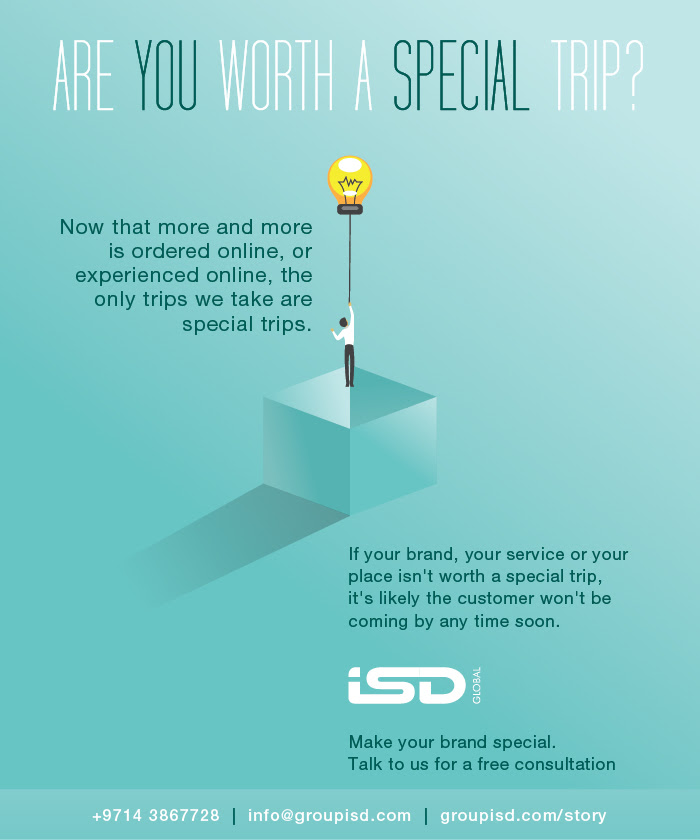
There was nothing that we could do at that stage since the motivation of getting to Oxford and also to see Shakespeare’s home in Stratford-upon-Avon was far more over-powering, we took the compromise choice.
Sum summarum, for all those brands who continue to behave like this, here’s a simple message: standing for something isn’t just about writing something down. It is about believing and living it. Unless the mission is to con and massively under-deliver.

